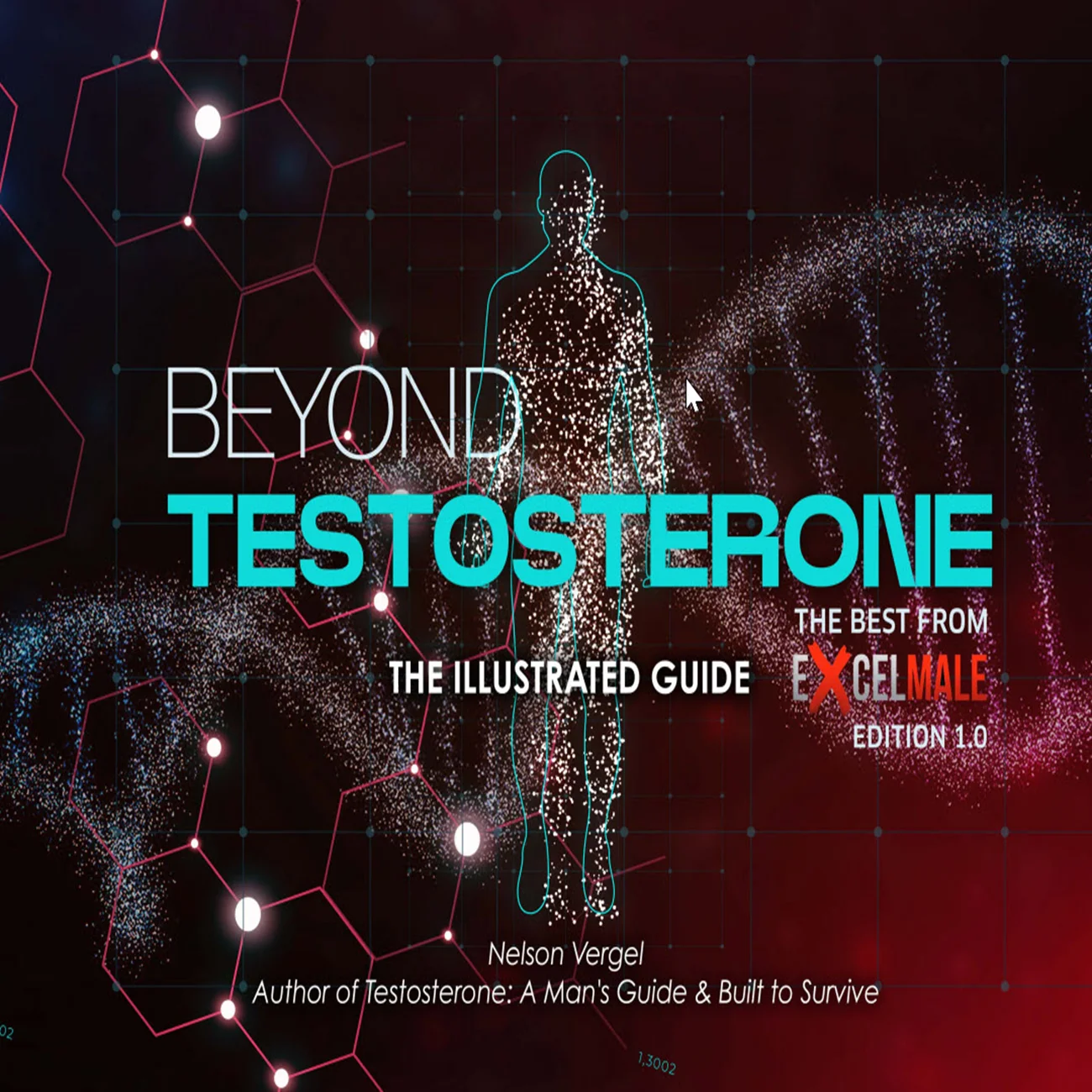madman
Super Moderator
* Previous illicit androgen users exhibited decreased Leydig cell capacity 2 years after androgen cessation, which potentially influences erectile function
Abstract
Background and Objectives
A few studies have explored the impairment of pituitary gonadotroph and Leydig cell function in men who recently ceased illicit androgen use, as assessed by stimulation tests. However, the capacity of the pituitary-testis axis in previous users who discontinued androgen use years ago remains unclear. This study evaluated the pituitary-testis-axis capacity in previous illicit androgen users and nonusers.
Methods
We conducted a cross-sectional study of recreational strength training men with (n = 30) and without (n = 26) a history of illicit androgen use. Previous users were subdivided into 2 subgroups based on detectable (group 1, n = 17) and undetectable (group 2, n = 13) performance-enhancing drugs in the urine.
We performed gonadotropin-releasing hormone and human chorionic gonadotropin (hCG) stimulation tests. Serum LH was measured with immunoassay, total testosterone, and insulin-like factor 3 with liquid chromatography-tandem mass spectrometry. Sexual function was assessed using the 15-question International Index of Erectile Function questionnaire.
Results
Elapsed duration since androgen cessation, geometric mean (95% confidence interval), was 1.9 (1.2; 3.0) years in previous androgen users. The mean (SD) age of all participants was 33 (8) years.
Testosterone secretion after hCG injection was lower in previous users than nonusers: group 1 difference, −6.4 (−11.3; −1.5) nmol/L, (P = .031); group 2 difference, −14.2 (−19.5; −8.8) nmol/L, (P < .001). LH secretion did not differ between the groups.
Multivariate linear regressions using erectile function as a dependent variable revealed that higher testosterone secretion during the hCG test (P = .046) was independently associated with better erectile function, whereas baseline serum testosterone (P = .780) and estradiol (P = .405) were not.
Conclusion
Previous illicit androgen users exhibited decreased Leydig cell capacity 2 years after androgen cessation, which potentially influences erectile function.
Loading…
academic.oup.com
Abstract
Background and Objectives
A few studies have explored the impairment of pituitary gonadotroph and Leydig cell function in men who recently ceased illicit androgen use, as assessed by stimulation tests. However, the capacity of the pituitary-testis axis in previous users who discontinued androgen use years ago remains unclear. This study evaluated the pituitary-testis-axis capacity in previous illicit androgen users and nonusers.
Methods
We conducted a cross-sectional study of recreational strength training men with (n = 30) and without (n = 26) a history of illicit androgen use. Previous users were subdivided into 2 subgroups based on detectable (group 1, n = 17) and undetectable (group 2, n = 13) performance-enhancing drugs in the urine.
We performed gonadotropin-releasing hormone and human chorionic gonadotropin (hCG) stimulation tests. Serum LH was measured with immunoassay, total testosterone, and insulin-like factor 3 with liquid chromatography-tandem mass spectrometry. Sexual function was assessed using the 15-question International Index of Erectile Function questionnaire.
Results
Elapsed duration since androgen cessation, geometric mean (95% confidence interval), was 1.9 (1.2; 3.0) years in previous androgen users. The mean (SD) age of all participants was 33 (8) years.
Testosterone secretion after hCG injection was lower in previous users than nonusers: group 1 difference, −6.4 (−11.3; −1.5) nmol/L, (P = .031); group 2 difference, −14.2 (−19.5; −8.8) nmol/L, (P < .001). LH secretion did not differ between the groups.
Multivariate linear regressions using erectile function as a dependent variable revealed that higher testosterone secretion during the hCG test (P = .046) was independently associated with better erectile function, whereas baseline serum testosterone (P = .780) and estradiol (P = .405) were not.
Conclusion
Previous illicit androgen users exhibited decreased Leydig cell capacity 2 years after androgen cessation, which potentially influences erectile function.












